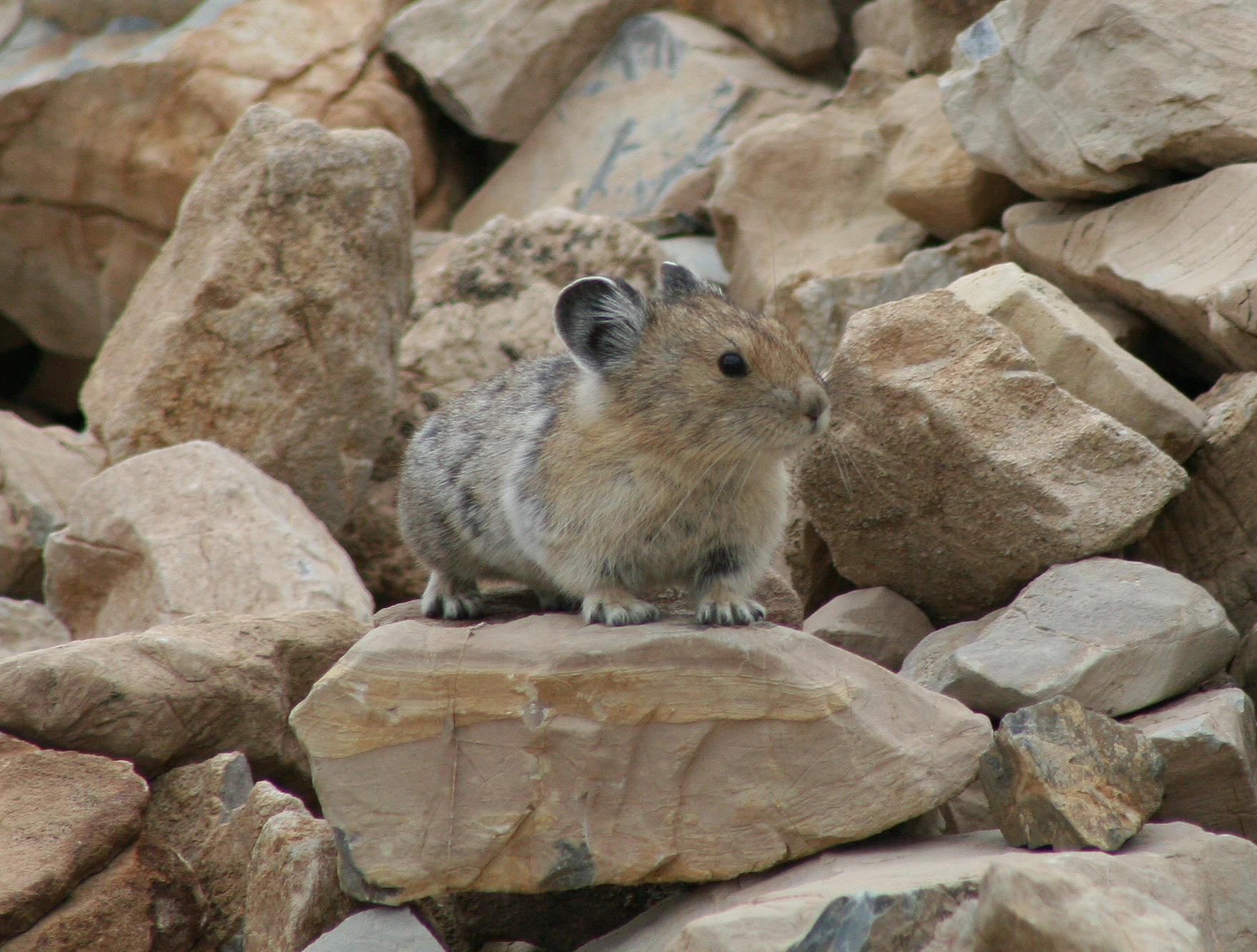Some people think that “citizen science” is nothing more than an oxymoron. They wonder how everyday people, who might not have any formal education or training in the sciences, could possibly have any impact on scientific research.
Well I’m here to let you all in on a little (not-so-secret) secret: you don’t need a Ph.D. to have an impact on environmental research, monitoring, education, outreach, and policy-making. Everyday people make huge contributions to research through citizen science programs all over the world!
So how does citizen science work, why is it so successful, and how can you get involved? Keep reading to find out!

A young citizen scientist collects data from park pond. Photo from the National Park Service.
What is citizen science?
Citizen science, sometimes also called citizen-based monitoring, is a way for ordinary people to contribute to extraordinary research and monitoring studies! Citizen scientists volunteer their time collecting and reporting data to researchers, organizations, and governmental departments who then analyze that data to make decisions about natural resources.
How does it work?
Basically, it comes down to this: the natural world is so large and complex that researchers can’t possibly collect enough data all on their own. Imagine you’re a researcher who is singlehandedly trying to collect a useful sample of frog populations in a 10 square mile area. That’s a lot of frogs to monitor!
Now imagine you’re that same researcher, but you’ve decided to ask for help from citizen scientists. You get 30 volunteers who are eager and willing to learn how to collect data, teach them the basics, and provide them with a way to report their data findings back to you. Now each person is only responsible for one third of a square mile, a much more manageable area for tracking small creatures like frogs.
Sometimes, monitoring is done in a very small, focused geographical area. But the beauty of citizen-based monitoring is that it works on even larger scales, too, with programs spanning multiple cities, states, and even countries!

Surveys are conducted every summer to determine the location and health of the American pika population in Glacier National Park with the help of citizen scientists. Photo from Glacier National Park.
What impact does it have?
Plenty of research has been done over the last few decades about the importance of citizen science, consistently reporting that citizen-based monitoring has an enormous impact on research in many scientific fields. An article from 2016 noted that, “Citizen science is a rigorous process of scientific discovery, indistinguishable from conventional science apart from the participation of volunteers. When properly designed, carried out, and evaluated, citizen science can provide sound evidence, efficiently generate high-quality data, and help solve problems” (McKinley et al. 15).
This means that a citizen scientist is just as good as a practiced scientist if they are given the right tools! As the frog researcher you are, you want to collect to most accurate and replicable data you can get, and it turns out citizen scientists can help you do that.
On top of that, McKinley et al. demonstrated that regardless of the type of data that citizen scientists are collecting, they are likely to come away from the experience as more informed and engaged in environmental protection and natural resource management (15). Citizen science teaches everyday people why conservation science is so important and demonstrates that they can personally have an impact on decisions about the natural world. How cool is that?

A bumblebee pollinates a prairie clover. Citizen scientists often help survey pollinators like this little bee! Photo from National Park Service Herbert Hoover National Historic Site.
How can I get involved?
For starters, check out the Wisconsin Citizen-Based Monitoring Network. Think of their website as a hub for all things citizen science in the state of Wisconsin. The website contains an event calendar, a directory of programs and people to contact, and even more resources.
If you aren’t in Wisconsin or want to explore even more opportunities, the Citizen Science Association can provide more information.
If you’re eager to earn the title of Citizen Scientist right away, consider joining the Christmas Bird Count with the Audubon Society this winter. There are groups that participate in the Madison area on December 15th and throughout the whole state at different times this winter season. As the longest-running citizen science project in the country (over a century and counting!) it’s sure to be a great experience.
Resources I used in this post:
McKinley, Duncan C., et al. “Citizen Science Can Improve Conservation Science, Natural Resource Management, and Environmental Protection.” Biological Conservation, vol. 208, 2017, pp. 15–28., doi:10.1016/j.biocon.2016.05.015.
